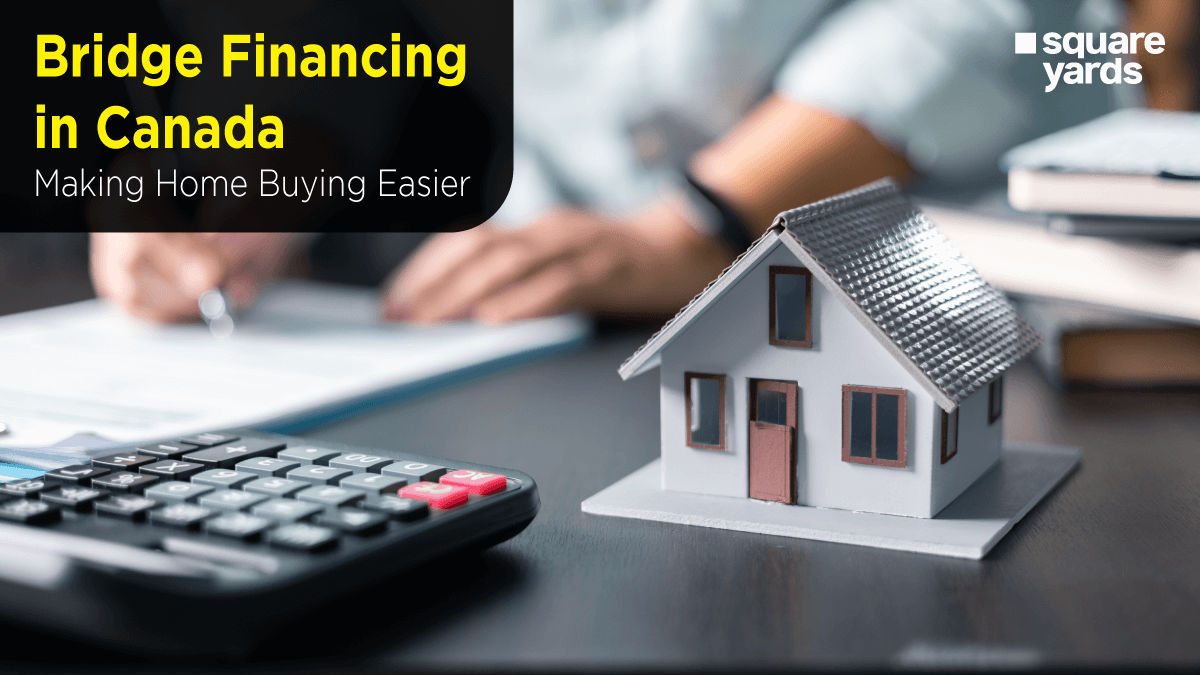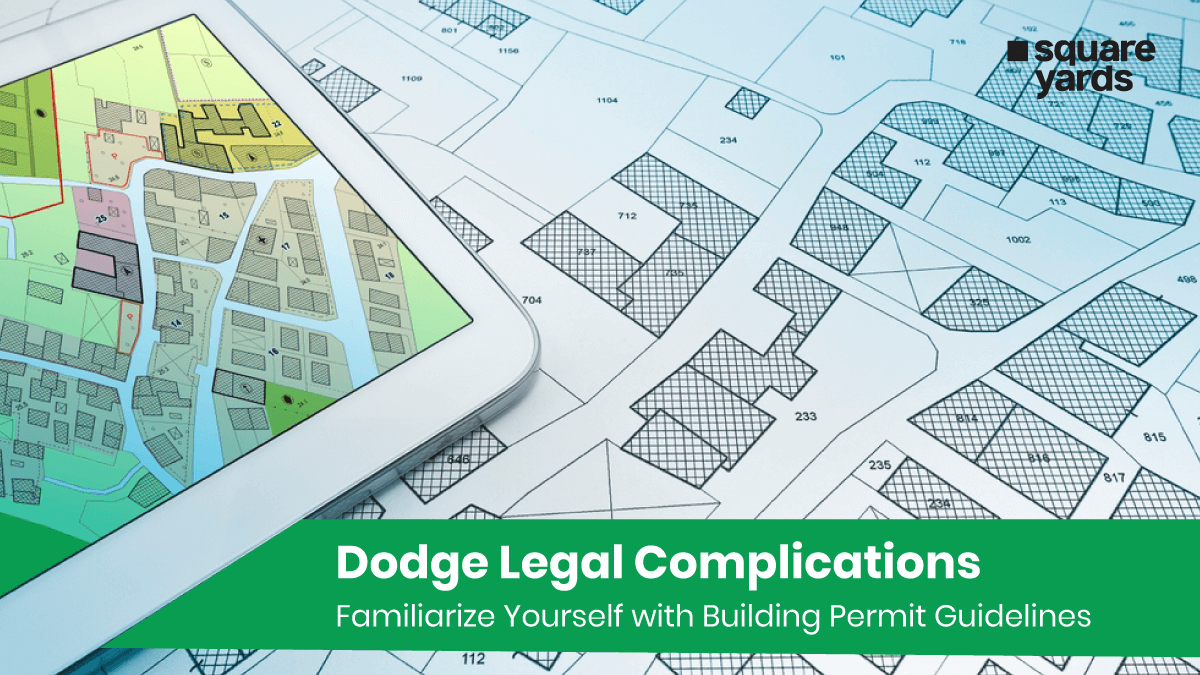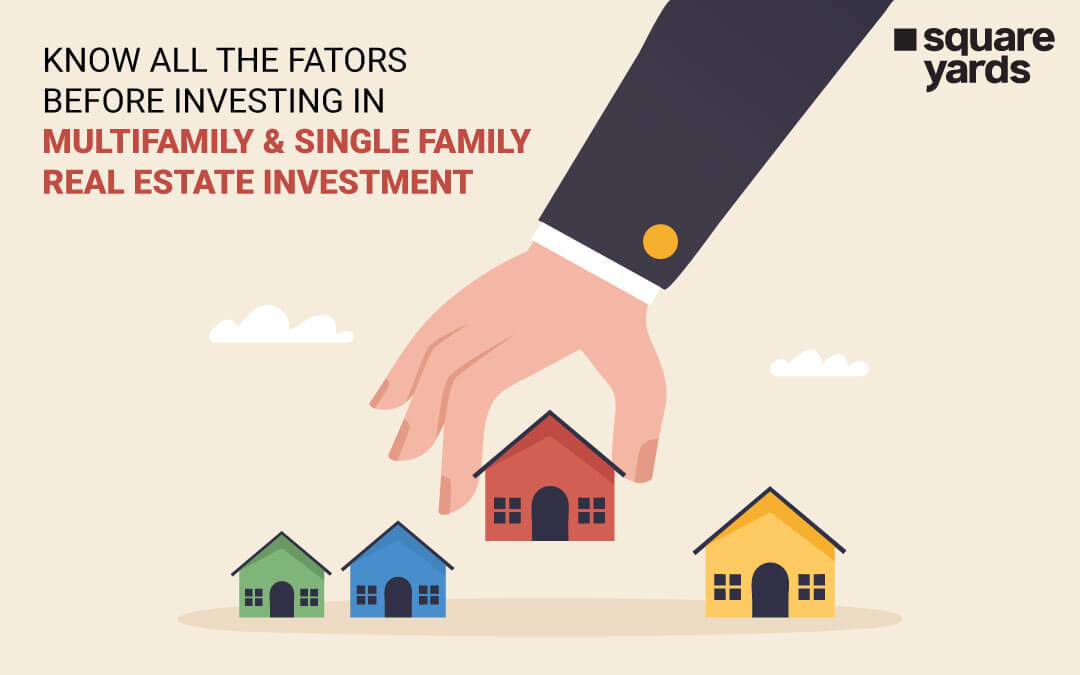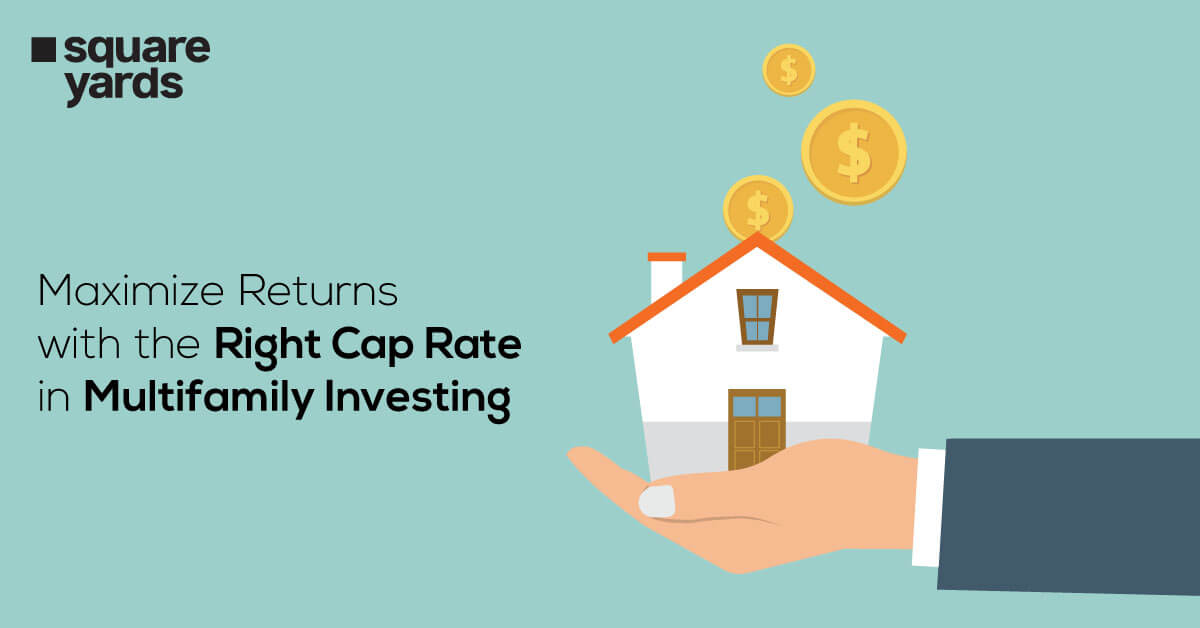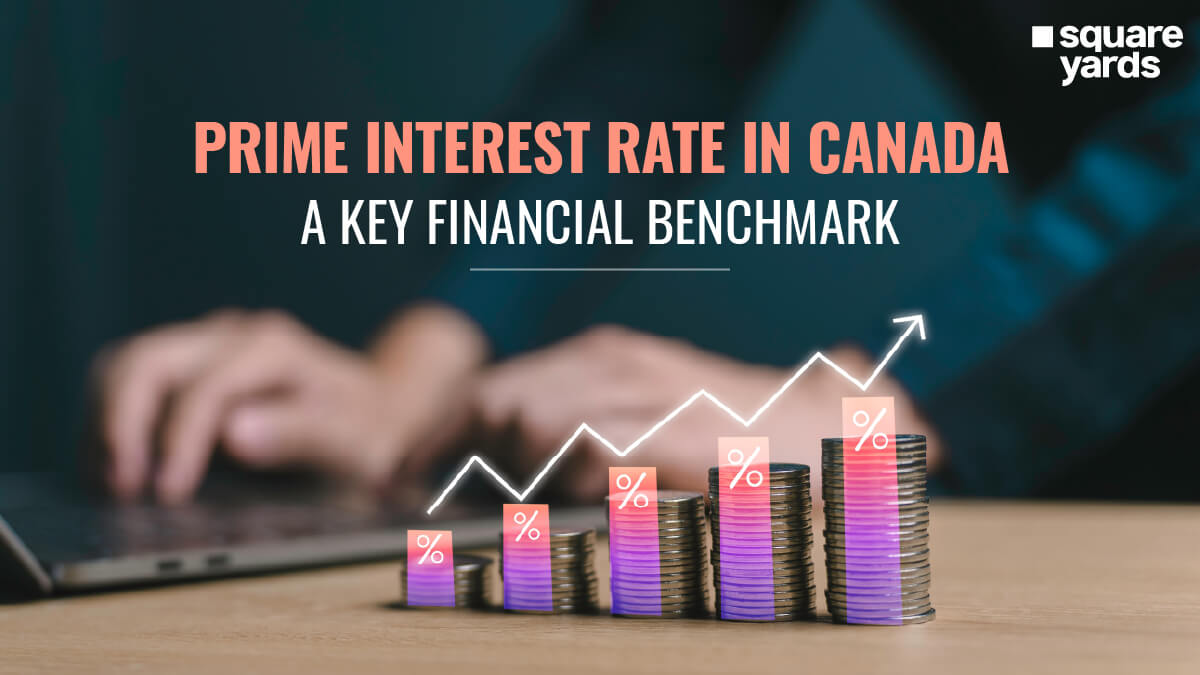Buying a new home while selling your current one can be challenging, especially when closing dates do not match. Bridge Financing guide helps homebuyers manage this gap by providing short-term funds. Bridge Financing in Canada allows you to access your home equity before finalising your sale. Understanding how Bridge Financing works, and Bridge Financing mortgage options can help you make a smooth transition between homes.
Understanding Bridge Financing
Bridge Financing provides quick access to funds using the equity in the existing home before the sale is finalised. This type of loan is useful when the closing dates of the purchase and sale do not match. Bridge Financing in Canada is common among homeowners who need funds for a down payment, closing costs, or urgent renovations before moving in. The loan is secured against the current home and is repaid once the sale is complete. Since Bridge Financing works temporarily, it usually lasts from a few weeks to a few months, depending on the lender’s terms. The interest rates for a Bridge Financing mortgage are often higher than regular home loans, as it is a short-term financial solution. However, its flexibility makes it a valuable option for buyers who need immediate funds while waiting for their property sale to close.
Bridge Financing Timing
The timing of Bridge Financing is important because it helps buyers manage the period between selling their current home and buying a new one. Bridge Financing in Canada is usually available for a short duration, ranging from a few weeks to a maximum of 90 days. Some lenders may offer extended terms of up to six months, depending on the situation. Bridge Financing allows buyers to secure their new home without waiting for the sale of their current property to be completed. This is especially helpful in a competitive market where quick decisions are needed. The duration of a Bridge Financing mortgage depends on when the sale of the old house is finalised. If the sale takes longer than expected, borrowers may have to pay additional interest charges. Proper planning and understanding the loan period can help homeowners avoid unnecessary financial stress.
The Cost of Bridge Financing
Bridge Financing costs depend on the interest rate, loan term, and additional fees charged by the lender. The interest rate can be fixed or variable, ranging from 8% for fixed rates to Prime plus 2% to 5% for variable rates. Since Bridge Financing work is temporary, the overall interest paid may be lower if the loan is repaid quickly. However, the interest cost can increase if the home sale takes longer. Apart from interest, borrowers may also have to pay administrative fees, appraisal fees, and legal charges. Some lenders charge a setup fee of around $500 or more. Borrowers may face penalties or additional charges if the Bridge Financing mortgage extends beyond the agreed period. To manage costs effectively, comparing lenders and understanding all fees before taking a loan is important.
Importance of Sale
The sale of your current home plays a key role in Bridge Financing. Most lenders require a firm sale agreement. This means you must have a signed contract confirming your existing home’s sale price and closing date. Bridge Financing work depends on this sale because the loan is repaid using the proceeds from the property sale. If the sale falls through or is delayed, borrowers may have to handle extra costs, including paying interest on the Bridge Financing mortgage and their existing mortgage. Some lenders may allow Bridge Financing without a firm sale, but the conditions are stricter, and the interest rates may be higher. In such cases, additional collateral or legal documents may be required.
Bridge Financing Working in Canada
In Canada, Bridge Financing allows you to use the equity in your current home to secure a down payment or cover other costs before your sale is finalised. Bridge Financing mortgage is secured using the equity in your current home. Lenders calculate the available loan amount based on the value of your home minus any outstanding mortgage balance and expected closing costs.
Once the existing home is sold, the loan is repaid in full, including the principal amount and accumulated interest. Borrowers may have to make monthly interest payments if the sale is delayed.
What Happens If the Sale Falls Through?
If the sale is delayed or cancelled, you may have to continue paying interest on the Bridge Financing mortgage until a new buyer is found. Sometimes, the lender may require extra collateral, such as another property or assets, to secure the loan. Managing two mortgage payments and the bridge loan interest can become challenging if you cannot sell your home quickly. To avoid such risks, it is important to have backup plans, such as lowering the asking price or exploring alternative financing options. Careful planning can help reduce the impact of a failed home sale.
Pros and Cons of Bridge Financing
Bridge Financing is a useful option for homebuyers needing funds before their home sale is completed. However, while Bridge Financing in Canada offers benefits, it also comes with risks. Understanding the pros and cons of Bridge Financing work can help borrowers make an informed decision.
Pros of Bridge Financing
Have a look at the advantages of Bridge Financing in detail:
-
- No Need to Delay Home Purchase: If you find the perfect home, you do not have to wait until your current home is sold. Bridge Financing in Canada ensures you can proceed with your purchase even if the sale is pending.
- Flexibility in Managing Finances: Homeowners can use Bridge Financing work for different purposes, such as covering temporary costs, home improvements, or moving expenses. This gives them financial flexibility during the transition.
- Competitive Edge in the Market: Bridge Financing helps buyers act quickly in a fast-moving real estate market. It allows them to make offers without waiting for their home sale to close, giving them an advantage over other buyers.
- Short-Term Loan with a Clear Repayment Plan: Since the Bridge Financing mortgage is repaid when the current home is sold, borrowers do not have to worry about long-term debt. The repayment structure is simple and clear.
Cons of Bridge Financing
Here are the disadvantages of Bridge Financing:
-
- Higher Interest Rates: Bridge Financing usually has higher interest rates than regular mortgages. Fixed rates can be around 8%, while variable rates are often Prime plus 2% to 5%.
- Risk of Delayed Home Sale: If the current home does not sell within the expected time, the borrower may have to pay extra interest and extend the Bridge Financing mortgage. This can lead to financial stress.
- Additional Costs: In addition to interest, borrowers may have to pay administrative fees, legal charges, appraisal costs, and setup fees. These extra costs can add up and increase the total loan expense.
- Potential for Dual Mortgage Payments: If the home sale is delayed, borrowers may have to manage their existing mortgage and Bridge Financing in Canada. This can put pressure on their finances.
Requirements for a Bridge Loan in Canada
To get Bridge Financing in Canada, borrowers must meet certain requirements set by lenders. Since this is a short-term loan, lenders need assurance that the borrower will repay it once their home sale is completed. Here are the key factors that affect eligibility for a Bridge Financing mortgage.
-
- Firm Sale Agreement for Current Home: Most lenders require a signed and confirmed sale agreement for the existing property. This proves that the borrower will receive funds from the sale to repay the Bridge Financing mortgage.
- Signed Purchase Agreement for New Home: Lenders also need a completed purchase agreement for the new home. This ensures that the borrower is using Bridge Financing work to transition between properties.
- Sufficient Home Equity: The amount of Bridge Financing in Canada depends on the equity available in the current home. Lenders usually calculate this by subtracting the remaining mortgage balance from the expected sale price.
- Good Credit Score: Some lenders check the borrower’s credit history before approving Bridge Financing work. A strong credit score increases the chances of approval and may help secure better interest rates.
- Stable Financial Status: Lenders may review the borrower’s income, employment status, and overall financial health to ensure they can handle loan payments if needed before the home sale closes.
- Residual Equity Requirement: Some lenders require the borrower to retain at least 10% of the home’s equity after repaying the Bridge Financing mortgage. This protects the lender from risks in case of unexpected costs or delays.
Is Bridge Financing the Right Choice?
Bridge Financing can be a helpful option if you buy a new home before selling your current one. It gives you quick access to funds, allowing you to cover the down payment, closing costs, or renovations before moving in. Bridge Financing in Canada is useful when closing dates do not align, especially in a competitive market where quick decisions are needed. However, since Bridge Financing work comes with higher interest rates and additional fees, it is important to consider whether it fits your financial situation. A Bridge Financing mortgage can provide flexibility if you have a firm sale agreement for your current home and need short-term funds. However, if your home sale is uncertain or you cannot manage potential extra costs, this option may not be the best choice. Before applying, assess your ability to repay the loan, understand the risks, and consult a mortgage expert to explore the best solution for your needs.
Summing Up
Bridge Financing is a useful tool for homebuyers who need funds before their home sale is completed. It provides flexibility but comes with higher costs and risks. Bridge Financing in Canada can help you secure your dream home without delays if planned well. Before choosing a Bridge Financing mortgage, assess your financial situation and consult an expert to ensure it’s the right option.
You May Also Read
|
Know The Move in Fees for Rental Houses |
|
|
What is Airbnb Home in Canada |
|
|
Guide To Home Showing Tips in Canada |
|
|
Basics of Readvanceable Mortgage in Canada |
Frequently Asked Questions (FAQs)
How does bridge financing work in Canada?
Bridge Financing in Canada helps homebuyers get short-term funds by using the equity in their current home. It covers costs like the down payment and closing fees before finalising the home sale. The loan is repaid once the existing house is sold.
What do you mean by bridge financing?
Bridge Financing is a temporary loan that helps homeowners buy a new home before selling it. It provides financial support when closing dates do not align, ensuring a smooth transition.
What is the purpose of a bridging loan?
A bridge Financing mortgage helps homebuyers manage the gap between selling one home and buying another. It provides quick access to funds, allowing buyers to purchase without delays.
What is an example of bridge finance?
Suppose you buy a new home, but your current home has not sold yet. Bridge Financing allows you to borrow money against your existing home’s equity to pay for the latest home’s down payment. Once your current home is sold, you repay the bridge loan.

